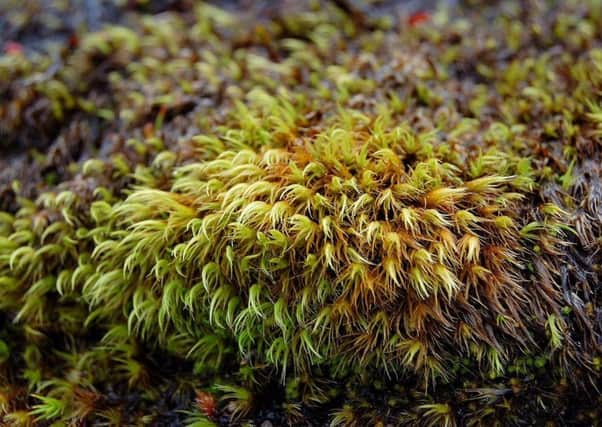Cairngorms in bid to save rare plants from last ice age


Hardy alpine-arctic species have been clinging to life on some of the country’s most inhospitable snow-covered peaks since the end of the last ice age.
But now these ancient plants exist only in a few tiny scattered communities as warming temperatures and encroaching farming and other land uses drive them uphill. They have become increasingly vulnerable to competition from other plants, grazing animals, trampling, pollution and the effects of soil erosion.
Advertisement
Hide AdAdvertisement
Hide AdThe bid to save these globally important species is spearheaded by conservation charity Plantlife Scotland, whose Cairngorms Wild Plants project will involve scientists working with land managers to optimise growing conditions for these fragile species.
“The Scottish mountains are their final stronghold in the UK,” said Davie Black, conservation manager for Plantlife Scotland.“The snow protects them, and then when it clears for a brief window, they take that opportunity to grow, compressing their annual life cycle into that short space of time.
“They’re very hardy, living in harsh conditions, but they’re also very vulnerable at the same time. It’s one of these curious paradoxes.
“One of the major threats which they have difficulty dealing with is the rapidly changing climate. It’s changing too fast.
The snow on the Cairngorms – the UK’s most extensive mountain range and a designated important plant area – is key to the survival of these “snowbed” plants. The growing season is too short and the climate too harsh for most plants, so these adapted species do not have to compete for this barren terrain.
Consultant botanist Gordon Rothero, who has been working on the Cairngorms project, said: “The critical thing to grasp is that these species can persist under the snow for years. This gives them an advantage over the vascular plants, most of which do not do well under these conditions as the snow-free period is usually too short for them to flower and set seed or successfully spread.
“If the change in climate leads to smaller snow patches and longer snow-free periods this competitive advantage will disappear.”
Conservationists can’t control the climate, but they can give the plants a helping hand.
Advertisement
Hide AdAdvertisement
Hide AdThis includes trying to get the right balance of grazing as plants come under threat from a range of herbivores, including deer, sheep, hares, voles and the local reindeer herd, as well as the usual slugs, snails and caterpillars.
Black said: “Our aim is to let natural processes happen as best they can. Obviously this can be very difficult as human society has fingers in every niche and crevasse of the country, but some places are more lightly touched than others.”